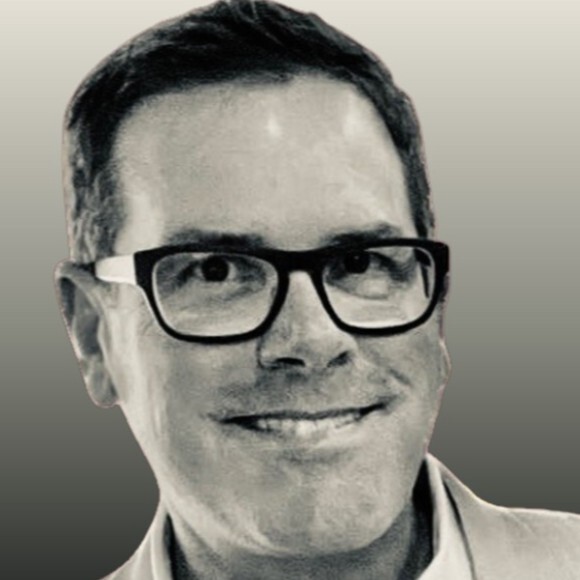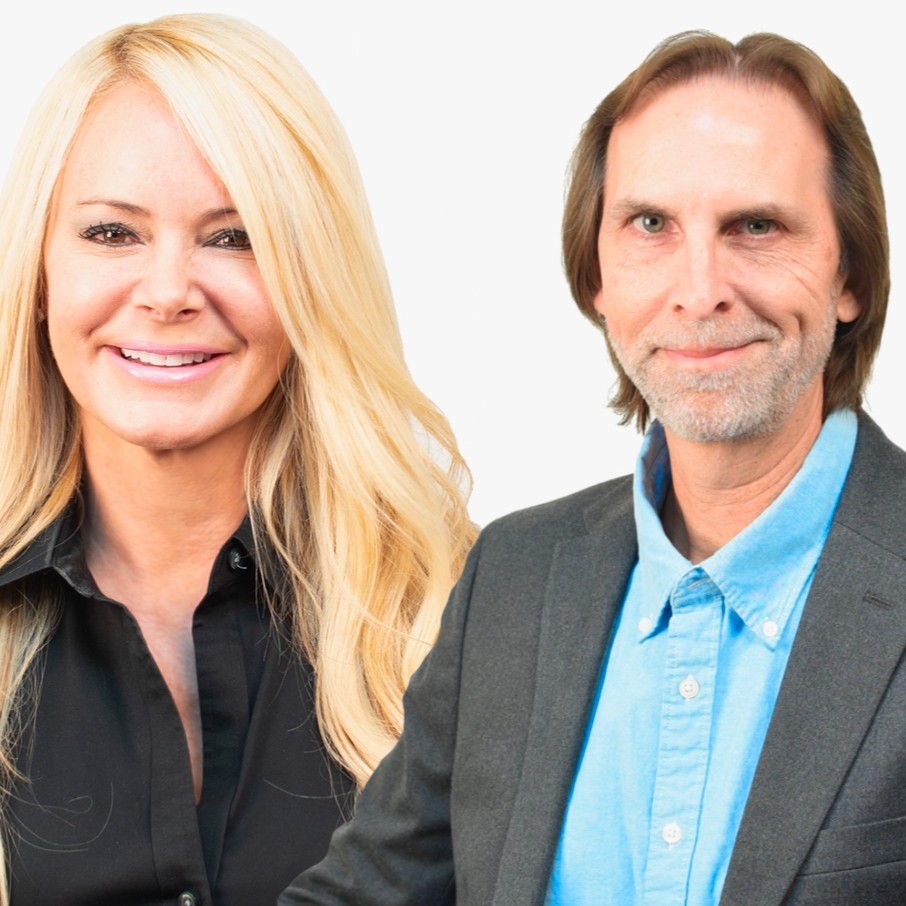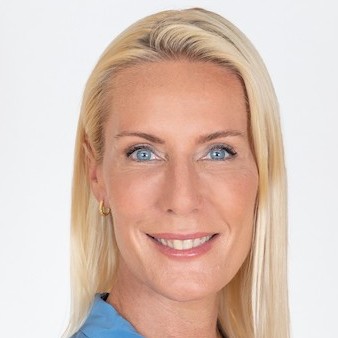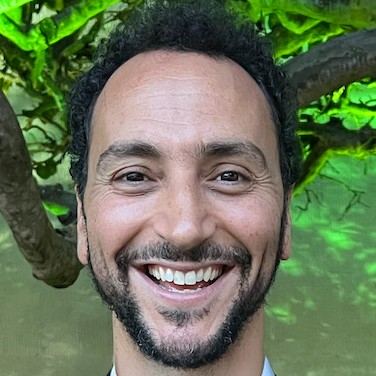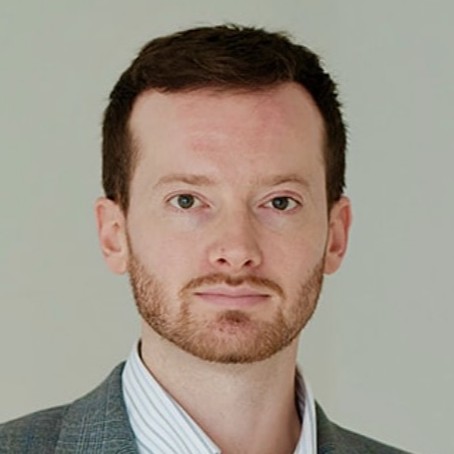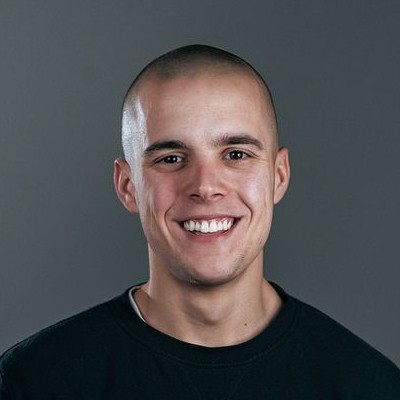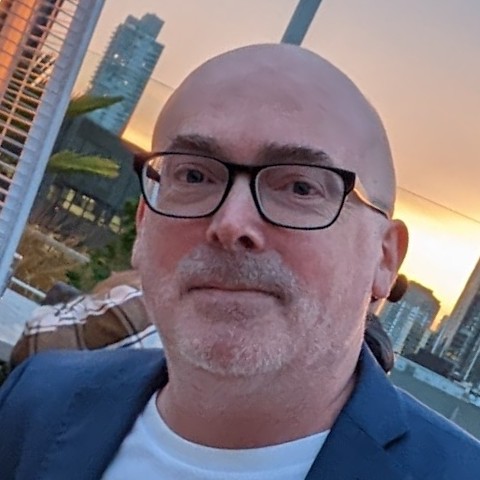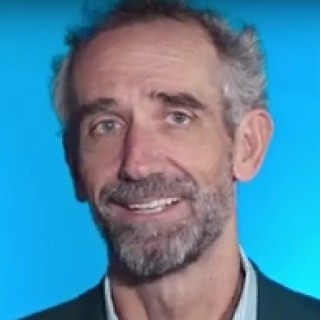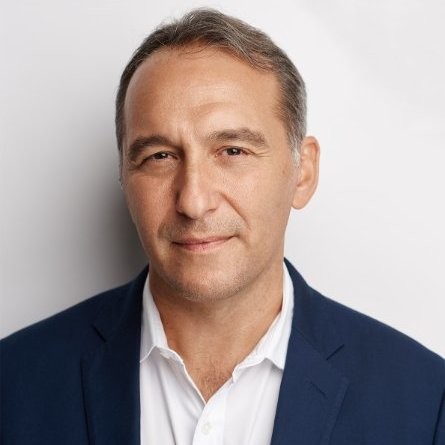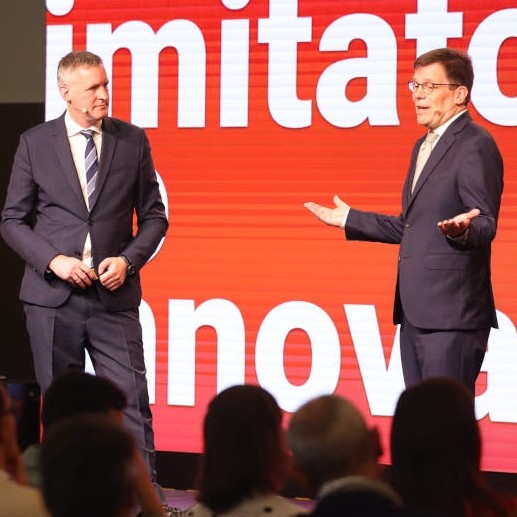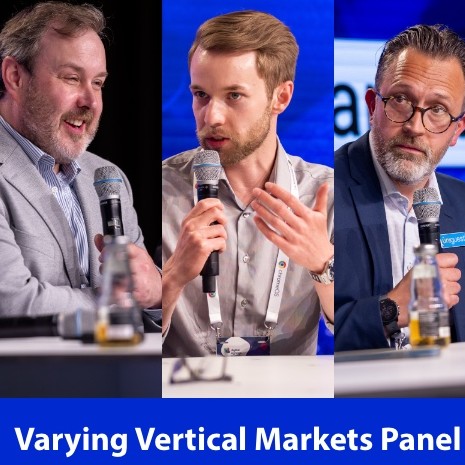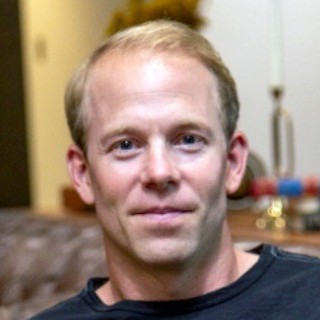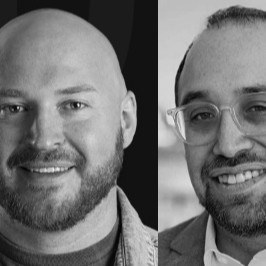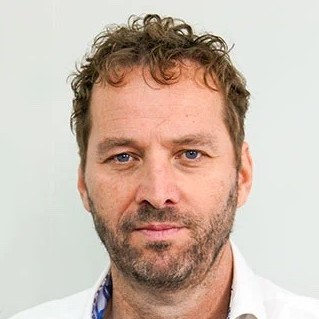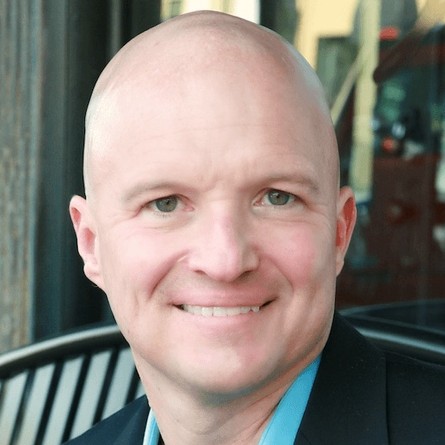Jay Leedy, Videri
Description
The 16:9 PODCAST IS SPONSORED BY SCREENFEED – DIGITAL SIGNAGE CONTENT
Jay Leedy probably had a bunch of options open to him when he decided he'd done his job with Sony's pro display team, and it might have surprised some of his industry friends when he signed on with a much smaller company, New York-based Videri, as its Senior VP for Strategic Alliances.
It didn't surprise me, because Videri has been on a bit of a tear in the last few months, hiring well-connected and respected senior people away from other companies active in digital signage. That came out of a $20 million fundraising round announced late last year.
I did a podcast about a year ago with Videri CEO Wes Nicol, so I didn't want to spend too much time talking again about Videri's product and services. We get into that and what attracted Leedy, but what I was really interested in hearing about was his point of view on the CMS software market. His prior role with Sony was building up the digital signage software ecosystem, which involved talking to and looking at scores of different companies. He eventually onboarded some 90 in his three-plus years there, about 70 of them CMS software firms.
So Leedy has a pretty unique perspective on what's out there, and how companies differentiate themselves in what remains a very crowded CMS software market.
Subscribe from wherever you pick up new podcasts.
TRANSCRIPT
Jay Leedy, thank you for joining me. You've had some big changes in the last few weeks.
Jay Leedy: Thank you. I have. Thanks for having me, Dave. It's great to hear your voice.
Yeah, you don't want to see me.
Jay Leedy: It's been a couple of months since I saw you last at ISE, but yeah, some changes that were on the horizon at ISE kind of came to fruition over the last several months, and I'm happy to say I'm in my fourth week, almost complete with my fourth week here at Videri.
Wow, you're almost past probation. Are you going to make it?
Jay Leedy: They haven't kicked me out yet. My wife told me that the paycheck showed up in our bank account yesterday. Yay!
Things are rocking. I knew you when you were with Convergent and Diversified then you went over to Sony. Am I missing anything there?
Jay Leedy: I think that's the extent of my career in this space. I got introduced to integrations prior to moving to Convergent through a company that had point-of-purchase display manufacturing as their core and had a division that focused on, what we called Intelligent Loss Prevention. We were basically importing a lot of technology solutions to solve theft prevention in retail and that's how I got exposed to systems integration, and when I saw digital signage as a part of that, I naturally gravitated toward that. I saw there was going to be a big growth arc and fortunately, I've been right so far.
We can get into what you were doing with Sony because I'm intrigued by the role you had and the unique perspective that was offered, but I'm curious because when you started thinking, okay, I've done my job here with Sony and what's my next thing?
What compelled you to go to Videri, I suspect you had a number of options.
Jay Leedy: Yeah, it's a good question. The little background that I just gave you is in part why Videri was really appealing to me. You're right. I had really broad exposure to the market across a number of technologies, not just digital signage, and was considering options outside of digital signage, to be perfectly honest, but the reason that Videri was compelling for me was a couple of reasons.
One is the, very strong push they were making into the market with some clear funding and a product offering that was differentiated in displays that were very thin and lightweight looking and appealed to the sensibilities of retailers and designers and the folks that I really like engaging with on the creative side of our business, combined with software that really makes it easy to make these things pop and, deliver what we call orchestration of content across multiple canvases of displays to unify those.
But there were some other things that went into that as well. I met Rob Avery, who had recently joined the company from Scala, at your event at ISE. I'd already met Wes Nicol, the CEO, about a year prior, and then Steven Jenkins, who I'd worked with at Diversified, had recently joined as the CRO along with Nathan Jones, who I'd also worked with as a Managing Director for North America. So there are already some pieces in place, and when I met Rob and we chatted briefly about his point of view on where we are versus where he wanted to take the software on the roadmap, that really clicked with me. Then we announced Jeff Griffin coming in as a retail technology guru and a guy who was at the genesis of what we called Walmart TV. So it wasn't even digital signage when he was involved with that deployment. So he's had a long history of selling into that market, and really the last piece to fall into place for me was, we secured, Tom Ross from NowSignage and I think he must eat energy bars constantly. He has the most energy and passion for the channel of any guy that I've met in this industry, and I've met a lot. All of those things coming together was really a big part of making that decision for me.
Yeah, it's interesting. I've told the story a few times of couple of years ago at DSC in Vegas, some company called Videri had reached out to me and said, could you come to our suite at ARIA and have a look at our pots and pans? And I said, I'm super busy, and so on, and they bugged me and on the last day in the afternoon, I was dead tired, but I said, okay, fine, because I was staying next door and I didn't know a damn thing about them and met them, walked this endless hallway to get to their suite and they showed me these flat panel displays.
I thought, oh, dear God, I've walked all this way to see some skinny displays, but then they started to explain what they're up to, the business model and how they were working with a very large Austrian energy drink brand that they're not allowed to officially talk about, and I thought, now I get it, and over those, intervening two years, the company has really grown in terms of marketplace visibility and everything else and they have a somewhat unique, not entirely unique, but somewhat unique product.
Jay Leedy: Yeah, I agree. In fact, I was registered to go to that same event but couldn't get there because I was super busy that week. I also didn't have a relationship with them yet. So I didn't yet feel obligated, but I didn't see their product until Digital Signage Week, or maybe it was NRF, one of the two where they had a hospitality event at their offices in New York and I made my way there and I was as compelled as you were because of what they were doing but also where they were saying they were going.
And you're right. The visibility for Videri has been exponential. I think as contemporaries in our sphere of the industry have gotten more visibility to their hardware and a better understanding of whether software can cause the entire industry to really lean in and that's been the case. I think when I announced that I was leaving Sony combined with two days later announcing that I was joining Videri, I never had as much web traffic on my LinkedIn as those two days. I think it was something on the order of 15,000 impressions between the two posts and that tells me that there's a lot of people who were really intrigued about what this new company is and as I've gotten deeper into the organization and started to really look around at the core architecture of our software, which is an Android-based SoC. So all of our displays run Android 12, which offers a lot of opportunity for third-party solutions to run alongside ours, or in some cases, in place of our software with our firmware being the glue that binds the delivery of that software, and I think there's a lot of opportunities in that regard as well, right?
My goal will really be to build out an ecosystem and a partner strategy very similar to what I was doing at Sony and fortunately, I have a lot of existing relationships that I was already working with that can parlay right into that, that are all dialed into that Android approach, but I think Android, in particular, was compelling for me because it has become a de facto standard in many respects and in a lot of cases with retailers, because of the security components to it, and our particular flavor of Android is locked down, which is really appealing. all the stars really aligned there.
It's interesting because Android, if you asked people out five years ago, they would probably say no, not going anywhere near that.
Jay Leedy: I know when I was Diversified, it was an absolute non-starter, but the market's changed, and fortunately the strength of Android and the security protocols have changed, and I think it's you and I've talked about a little bit, right? The impression and kind of point of view on Android Deployed in enterprise environments has changed as well.
I think largely because of the broad use of MDMs or device management solutions and familiarity with those tools, with IT admins having a level of comfort with those. At the end of the day, displays for digital signage are IOT devices that have to be managed and locked down in a similar fashion. So something that's familiar just resonates with those decision makers.
You mentioned a couple of minu

